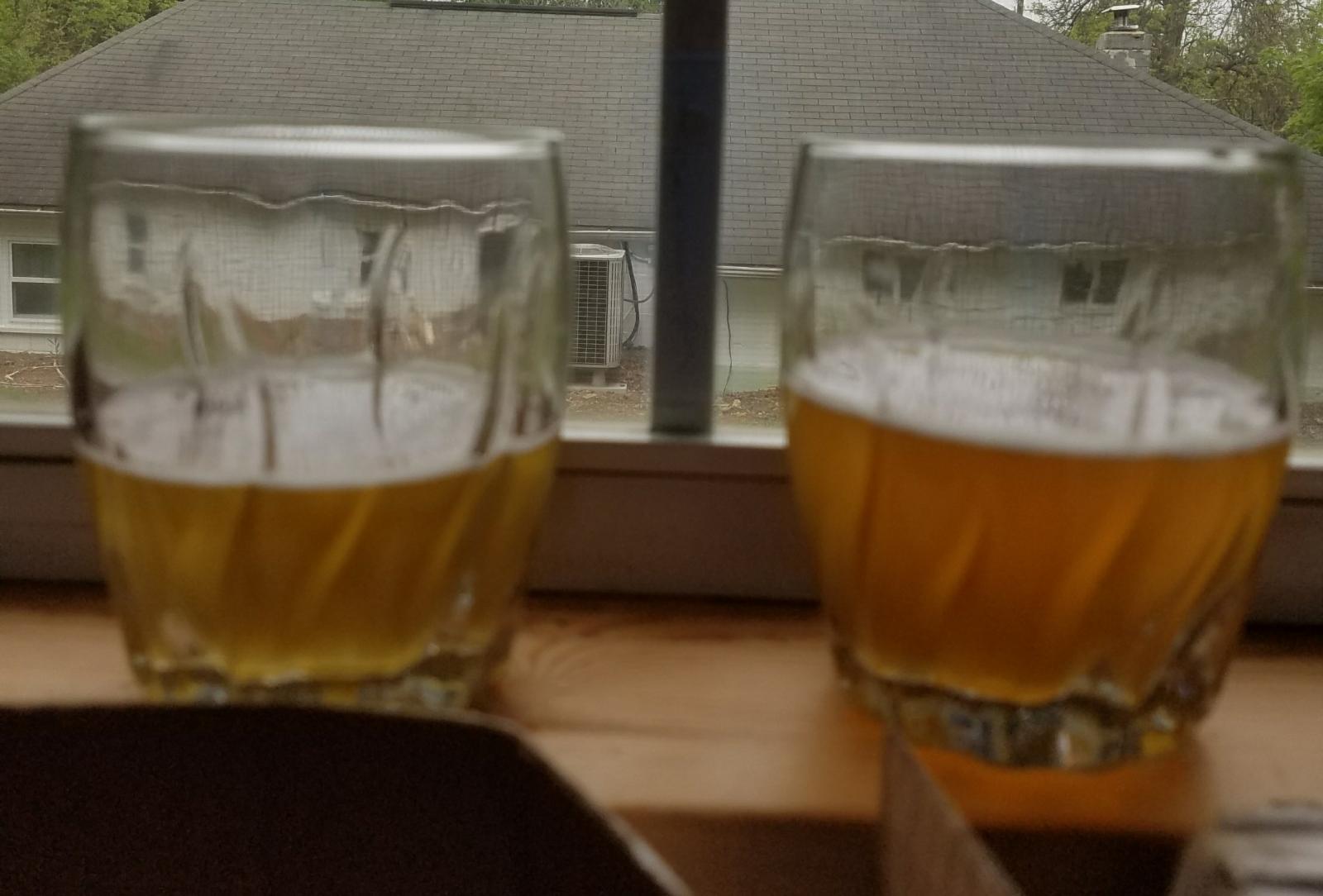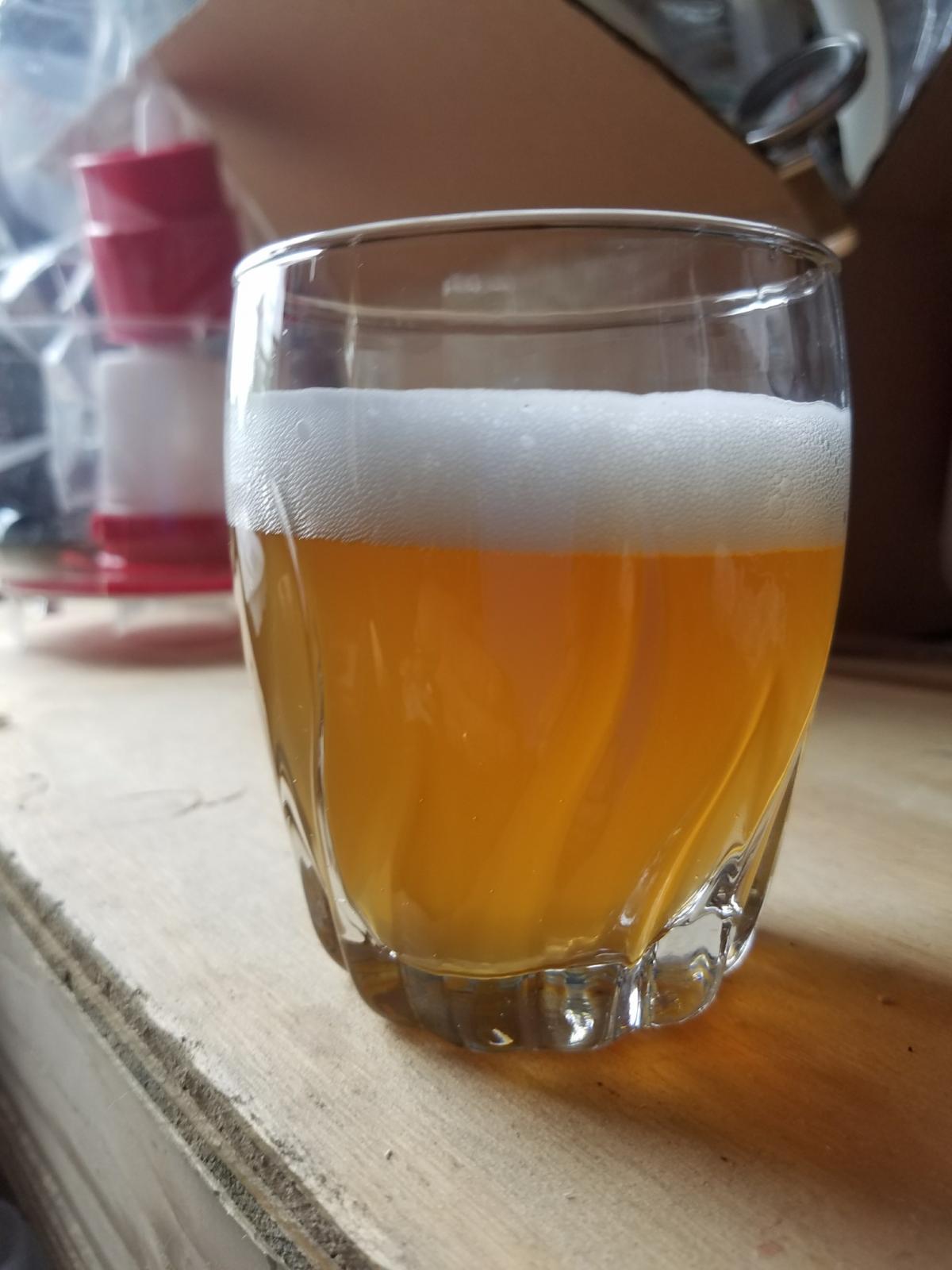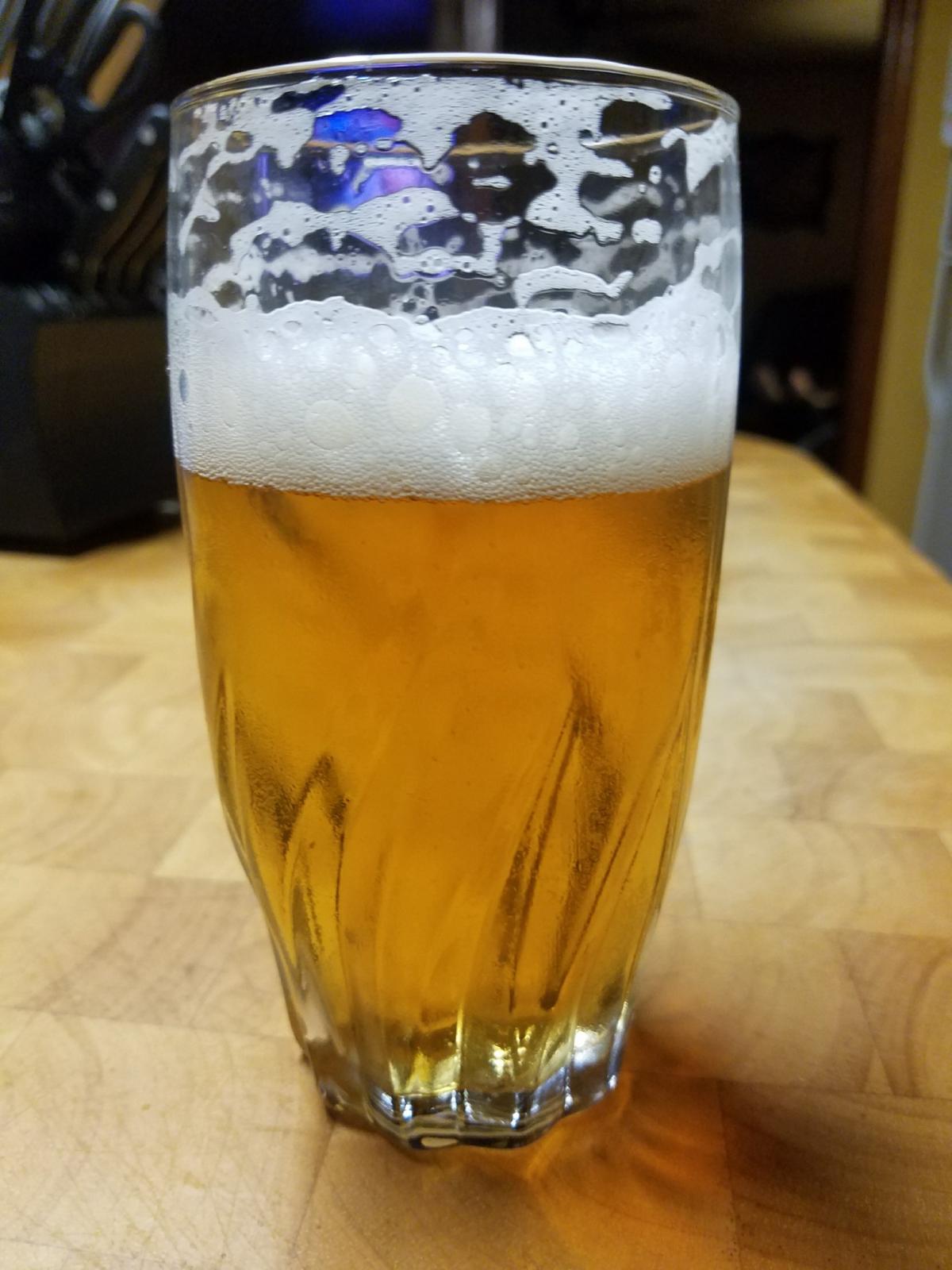Aluminum can have fenton reactions and oxidize the same way as copper. I'd go for a different material.
Is this not solved by passivation? If not, then I'm kinda screwed with my kettles...

Aluminum can have fenton reactions and oxidize the same way as copper. I'd go for a different material.
Are you doing anything special in your propane BIAB process to avoid splashing the wort when you remove the bag? Do you hang the bag to dry, squeeze, or do any kind of sparge to keep efficiency at a reasonable level?
Is this not solved by passivation? If not, then I'm kinda screwed with my kettles...
Hey guys, sorry for the lengthy post, but I’m looking to go to an electric BIAB-type setup this summer and was looking for some advice on how well some of these systems would work for low oxygen brewing. I currently do no-sparge BIAB on propane, but I’m looking to reduce some of the more tedious parts of the process, to hopefully get back some time to help with family/house stuff during the brew day.
I haven’t implemented LoDO on the hot side of my process yet, so I’m not sure what type of issues I might run into with some of the eBIAB systems out there. I do a mix of 3 and 5 gallon batches, so the systems I’m considering are those that would be compatible with that. The two that seem to fit best are the Unibrau from Brau Supply and the Grainfather. I’m open to DIY options if it would somehow enable me to build a better/more flexible system.
Below are a few of the pros/cons of each w.r.t LoDO that I can see:
Brau Supply Unibrau: https://brausupply.com/collections/biab-systems/products/unibrau-120v-5-gallon-brew-boss-automated-brew-system
Pros:
- Can mash full volume, no-sparge for both 3G and 5G batch size
- Already comes with 2x1500W elements
- Ability to fine-tune the level of boil
Cons:
- Cannot avoid some splashing when removing grain basket No matter what system you have, BIAB or multi-vessel, you won’t be able to avoid some amount of wort falling a short distance to the surface of the wort. With a BIAB style system you would simply remove the bag/basket very slowly to minimize the splashing. With a multi-vessel system you’ll have drops of wort falling from the false bottom to the wort surface (once the volume gets low enough) and you would just take the same approach as the bag/basket and lauter very slowly to minimize it. I would hypothesize there is no more splashing/trickling with the bag/basket approach than with multi-vessel.
- Cannot completely cover full surface of mash (the wort sitting outside the grain basket)
- Expecting lower efficiency than with the GF, since the recirculated wort isn’t forced top-to-bottom through the grain bed Are you referring to the solid sided basket versus a mesh basket? From what I’ve read, you should expect no efficiency differences between the two.
- Grain bed likely won't "settle" to act as a filter, so wort will be cloudy similar to normal BIAB The Unibrau and GF are identical in this regard. Both recirculate the mash, both will develop crystal clear wort, both will disrupt the grain bed when the baskets are removed, both will have cloudy wort going into the boil.
Grainfather:
Pros:
- Wort gets filtered by recirculation This is identical to the Unibrau.
- Comes with a CFC (but I’m guessing it’s copper so maybe not beneficial for LoDO?)
Cons:
- Sparge required for 5G batches
- Cannot completely cover full surface of mash (the wort sitting outside the grain basket) I would say the Unibrau system has a significant leg up here. With the GF, the wort flows over and through the top filter plate, which creates a lot of surface area and contact time with the atmosphere. With the Unibrau you can use a mash cap and place your wort return under the surface. You’ll still have exposed wort outside the basket, but by my estimates you’ll have much less with the Unibrau.
- Cannot avoid some splashing when removing grain basket
- Will need to add a heat stick to assist with pre-boiling strike water in reasonable time I don’t think you’ll need one. Turn it on the mash setting the night before, set it to 200°F or so, come back the next morning and you’re just a few degrees away from boiling. You can do on any system with a controller.
- Boil cannot be fine-tuned (at least with the original controller, might be possible with the new one?)
Can some of the experts here chime in on how well they think either/both of these systems would work for a LoDO brew? From what I’ve read, it seems like the splashing when removing the grain basket and inability to cover the full surface area of the mash are the 2 biggest limitations of these systems from a low-oxygen standpoint. Are there any other single-vessel setups that would be a better option for low oxygen brewing?
My recommendation would be to see what kind of deal Steven would give you for buying the entire system but leaving out the basket. For low DO I prefer a bag and a BIAB false bottom from Brewhardware.com.
Thanks for all of the detailed comments/suggestions. It really helps clear up some of the concerns I had with those systems. I do have a couple follow up questions:
1) Is your preference for the bag vs. mesh basket for LoDO just a personal preference? Or does the bag help to manage the oxidation in some way? With a bag you'll be able to fit a better mash cap, so my preference is for low DO. If I were going the standard route a SS basket would be nice, but definitely not necessary. Having only used a bag for my BIAB process before, I can see some benefits in ease of use with the basket. With my Wilser bags, I often get some small spills when using a pulley to raise the bag out of the kettle.
Not to be rude, but if you're getting spills with a @wilserbrewer bag and a ratchet pulley, then you're doing it wrong. Pull the bag slowly, a few inches at a time, and allow it to drain as you pull it out. I have nary a drop fall outside my kettle when doing this in conjunction with my wilser bag. I'm envisioning that with the mesh basket, it shouldn't really change its shape when removing it so I'd expect it to be easier to prevent any wort from fallout outside the edge of the kettle. If the bag is beneficial from a wort quality standpoint though, I wouldn't hesitate to save some dough and stick to bags.
2) With your Brau Supply system, do you add the grains to the bag when it's in the kettle? Or lower the bag that is already full of your grains into the strike water? Disclaimer, I have just recently swapped to a two vessel system, but when I did BIAB I would lower the bag full of grains into the kettle, emulating an underlet as best as possible.
3) How does the grain bed get disturbed when removing the grain pipe from the wort in the Grainfather? I've seen a lot of GF owners bragging about the clarity of the wort that it produces, so this comment surprised me a bit. Take all this with a grain, as I don't own a GF, but the bragging I have seen is usually accompanied by a picture of the wort before the malt pipe is pulled, as it sits on the top plate. I haven't seen any pictures of it afterwards. But after thinking about it, it might be theoretically possible to not disturb the grain bed while pulling the malt pipe. Difficult, but possible. You'd have to be extra careful to pull only in the vertical and at a very slow rate. The rate at which you pull should not induce a flow rate through the grain bed that is high enough to kick up and carry debris or disturb the bed otherwise. Wort clarity is the main reason I switched to two vessels. I was also wondering if the basket option with the Unibrau system would have similar clarity benefits compared to a mesh bag, since the basket would better retain its shape when it gets pulled.










More red below!
More red below!
Can I assume that this is the "main LODO thread"?
If so, is there a summary somewhere of best practices?
Hey Dave, yours would be the first case I have heard about it. Most of us are all RO users though.
Man, that's some slick maneuvering - kudos!I think that's my next step. I recently convinced my wife she wants a RO tap in the kitchen.
A simple home RO system can be procured for $100. It'll pay for itself in no time, plus it makes great drinking water.
It's not the expense, it's the waste. Most systems waste 3 gallons for every one gallon they give you to use.
It's not the expense, it's the waste. Most systems waste 3 gallons for every one gallon they give you to use.
Yes, but in the whole scheme of things you need like 10-12G to brew a 5G batch. A shower takes 40G. So brewing a batch of beer takes as much water as a shower. Unless you're really limited (like on a poor well), this is a no brainer.
Technically it's wasteful, but if you buy RO water or distilled water, the waste is still there, it's just that someone else has done the wasting for you.
You may be taking 'waste water' a bit too literally. It is easy to store the rejected water in a vessel, for use later as grey water for cleaning, etc.
Has anyone noticed an increase in the taste effect of water ions in their LODO brews? I am perceiving a chalky taste/ mouthfeel from my LODO brews. I preboil my water to reduce carbonate and alkalinity, getting my carbonate down to about 50 - 60 ppm. I have a LaMotte test kit. However, it could be something else. Any ideas?





Yes it does, but it seems oxygen on the cold side does not have the large effects on beer as it does on the hot side